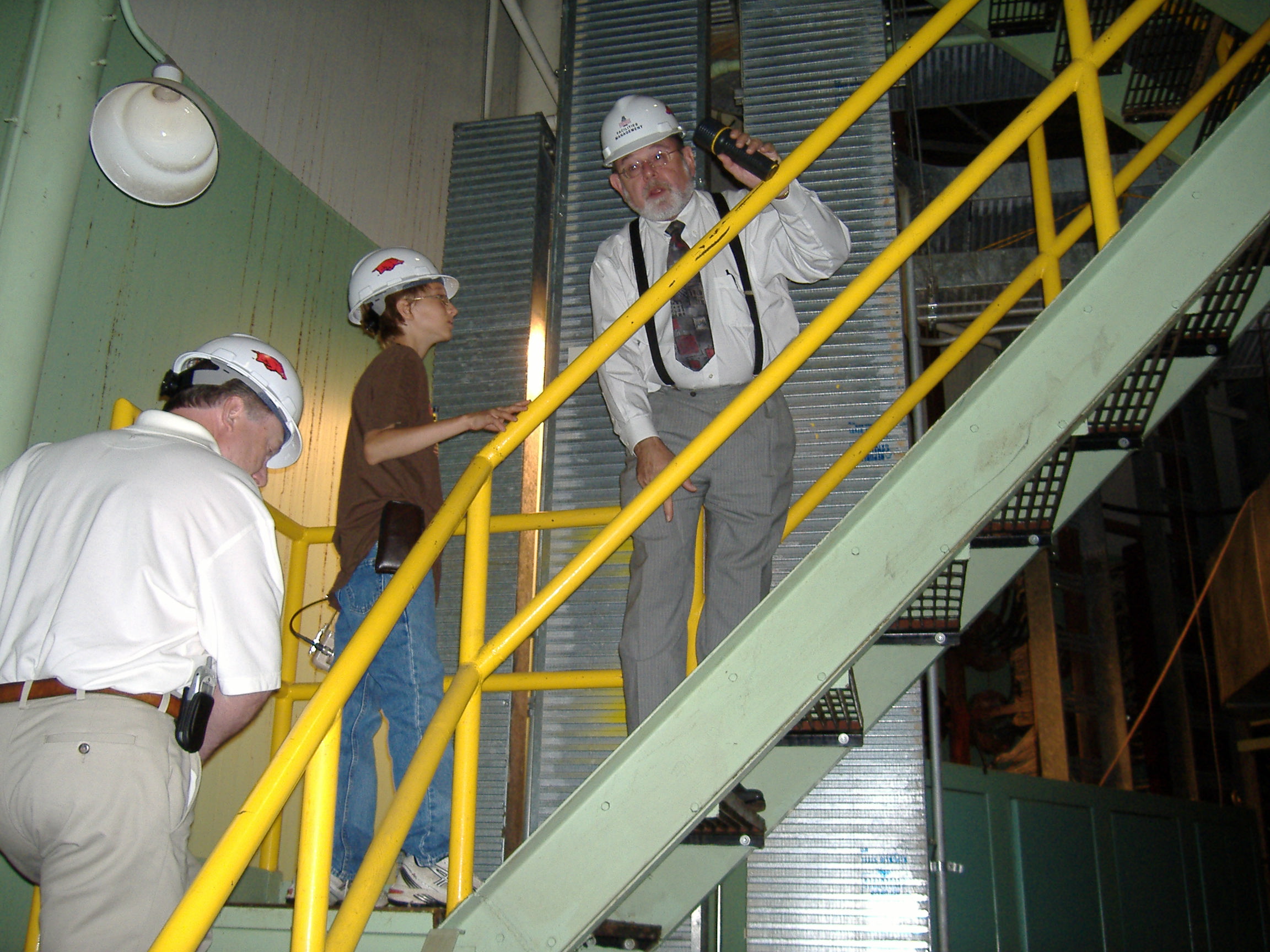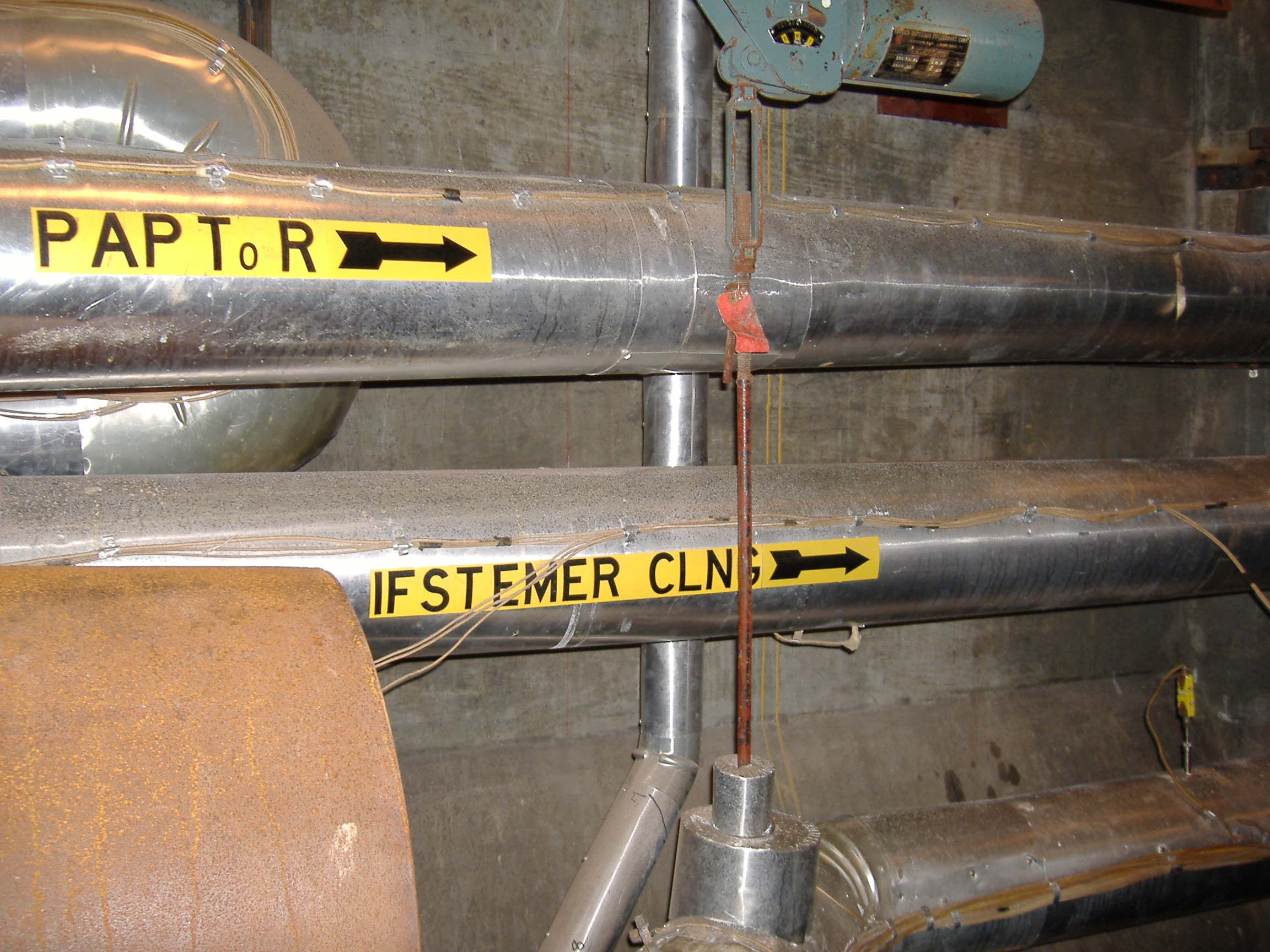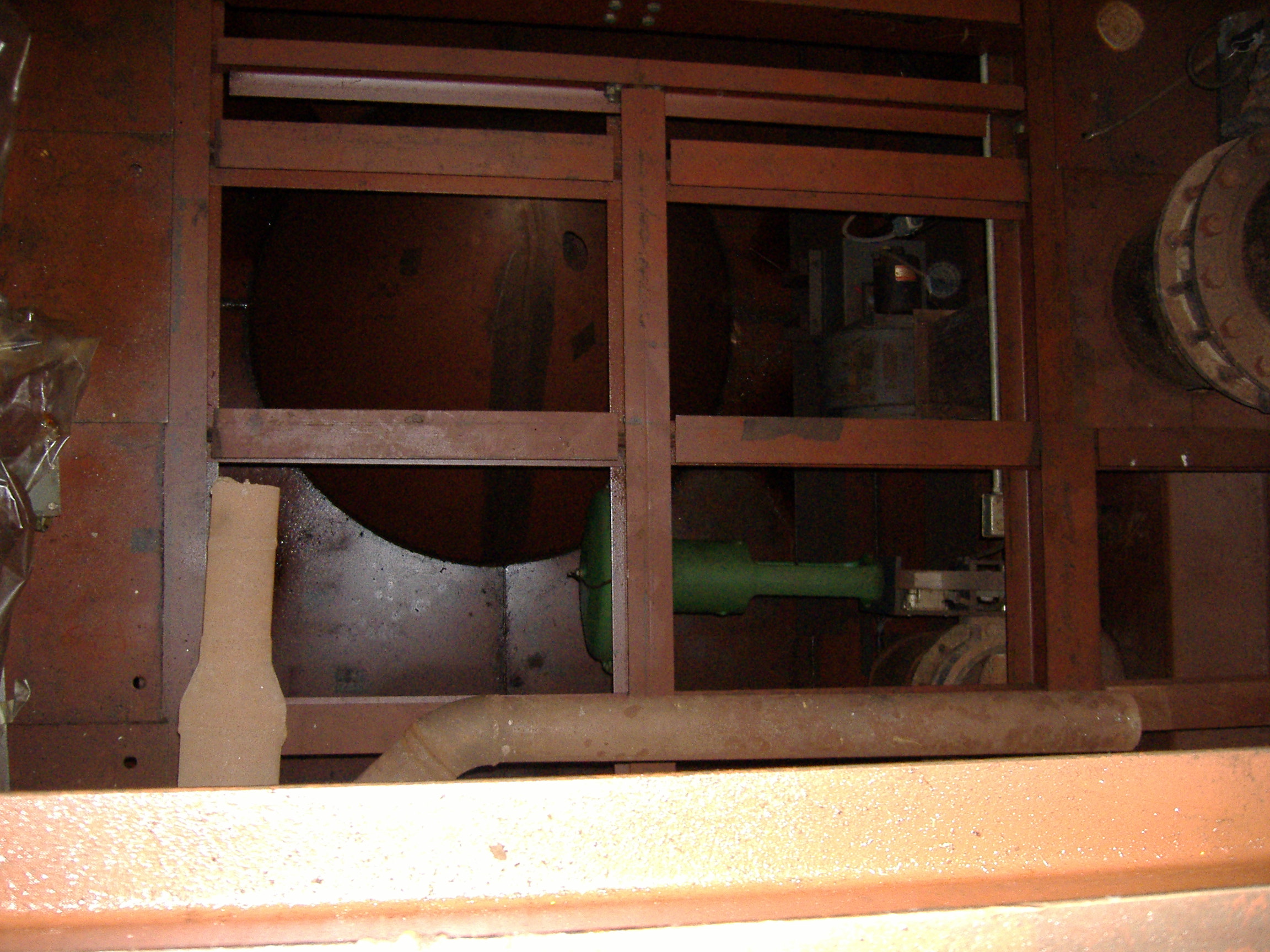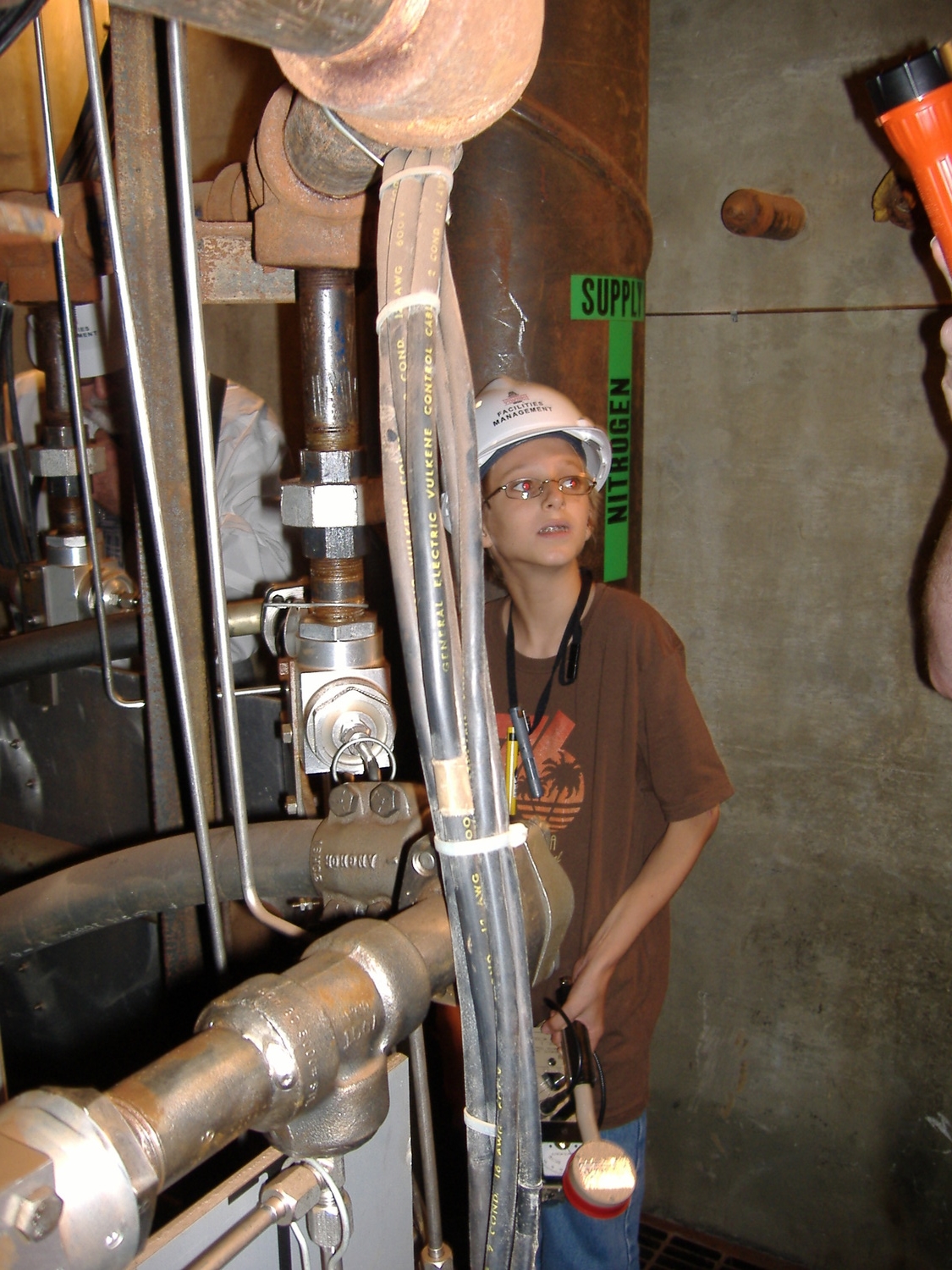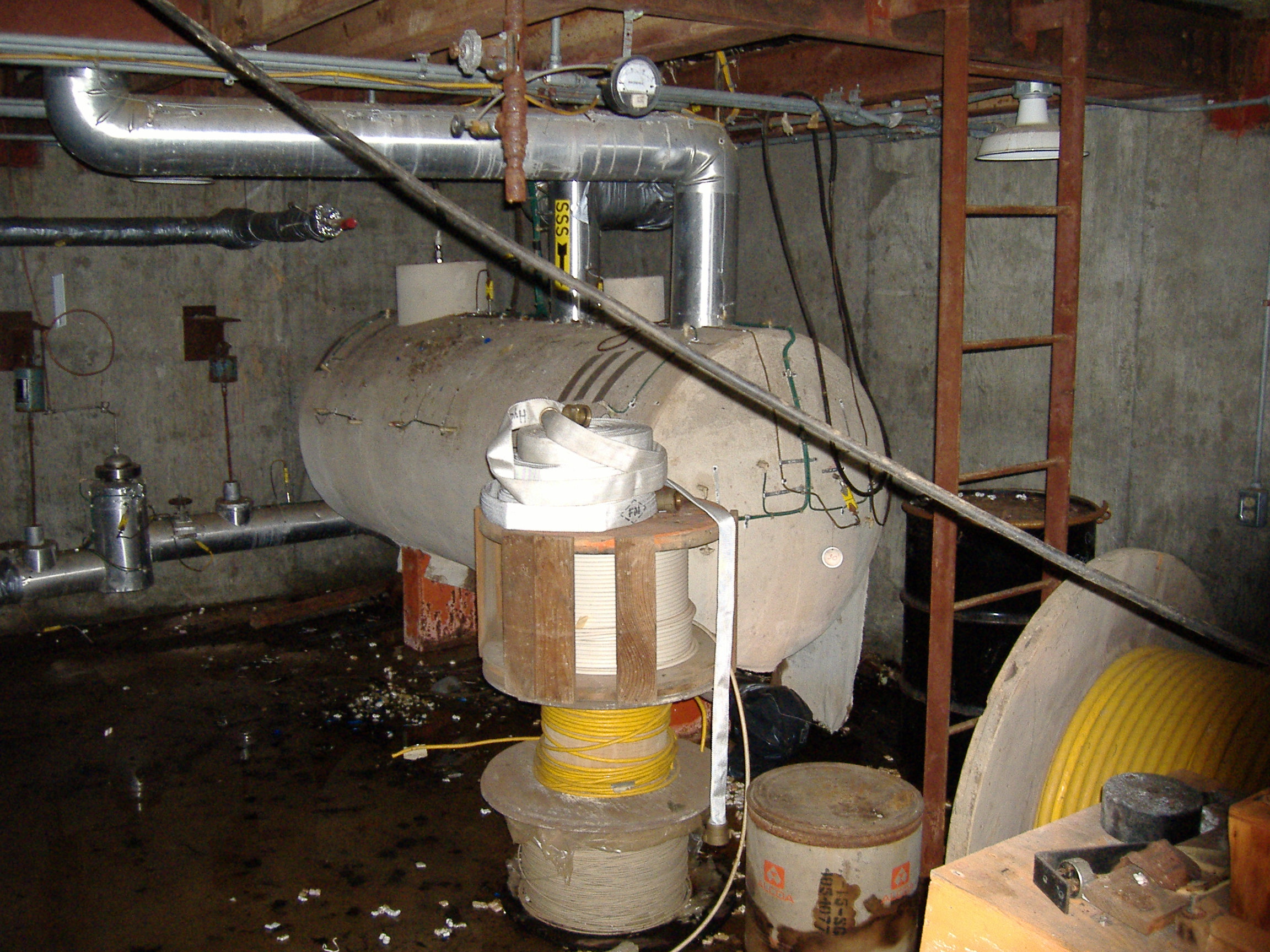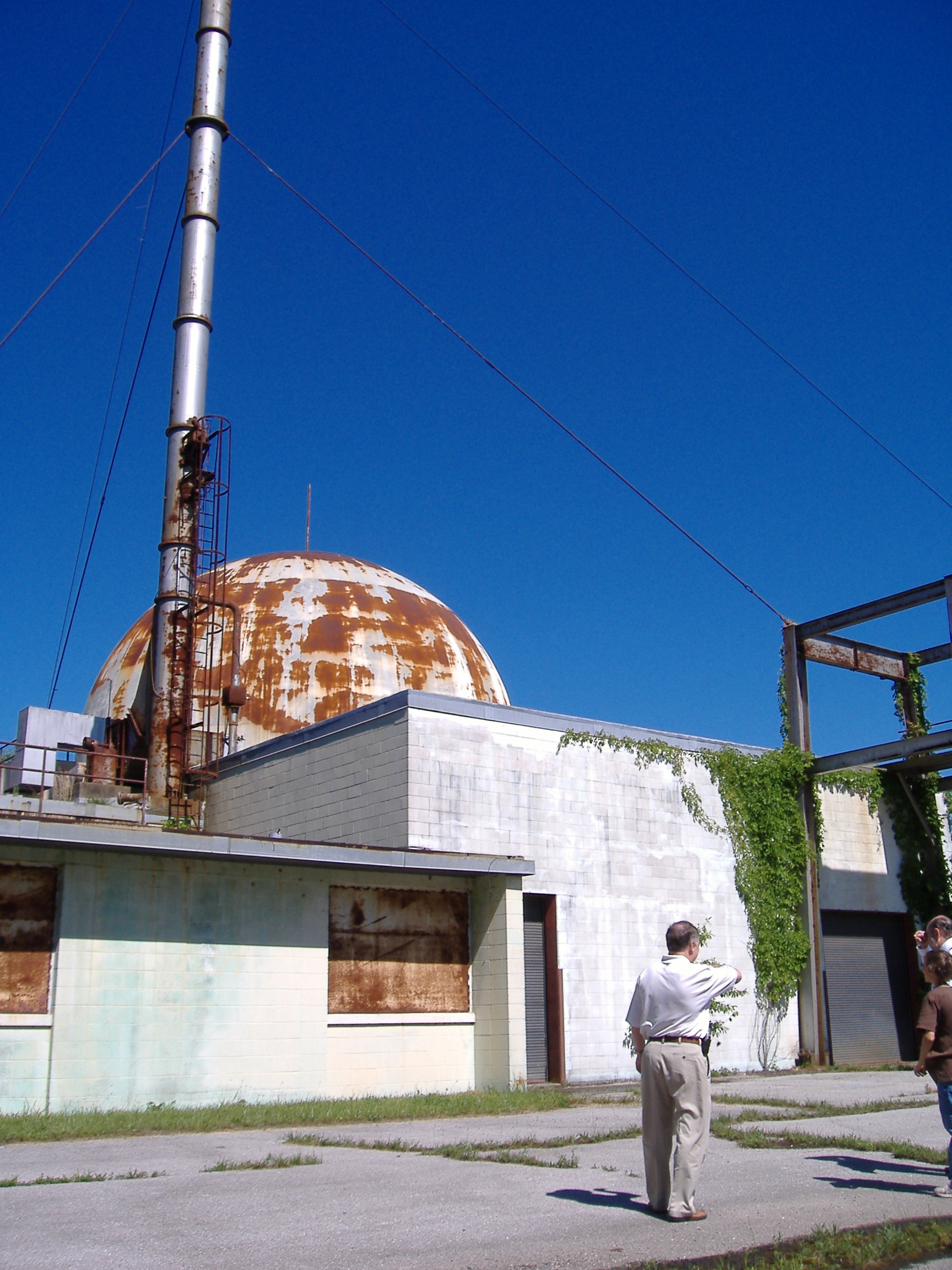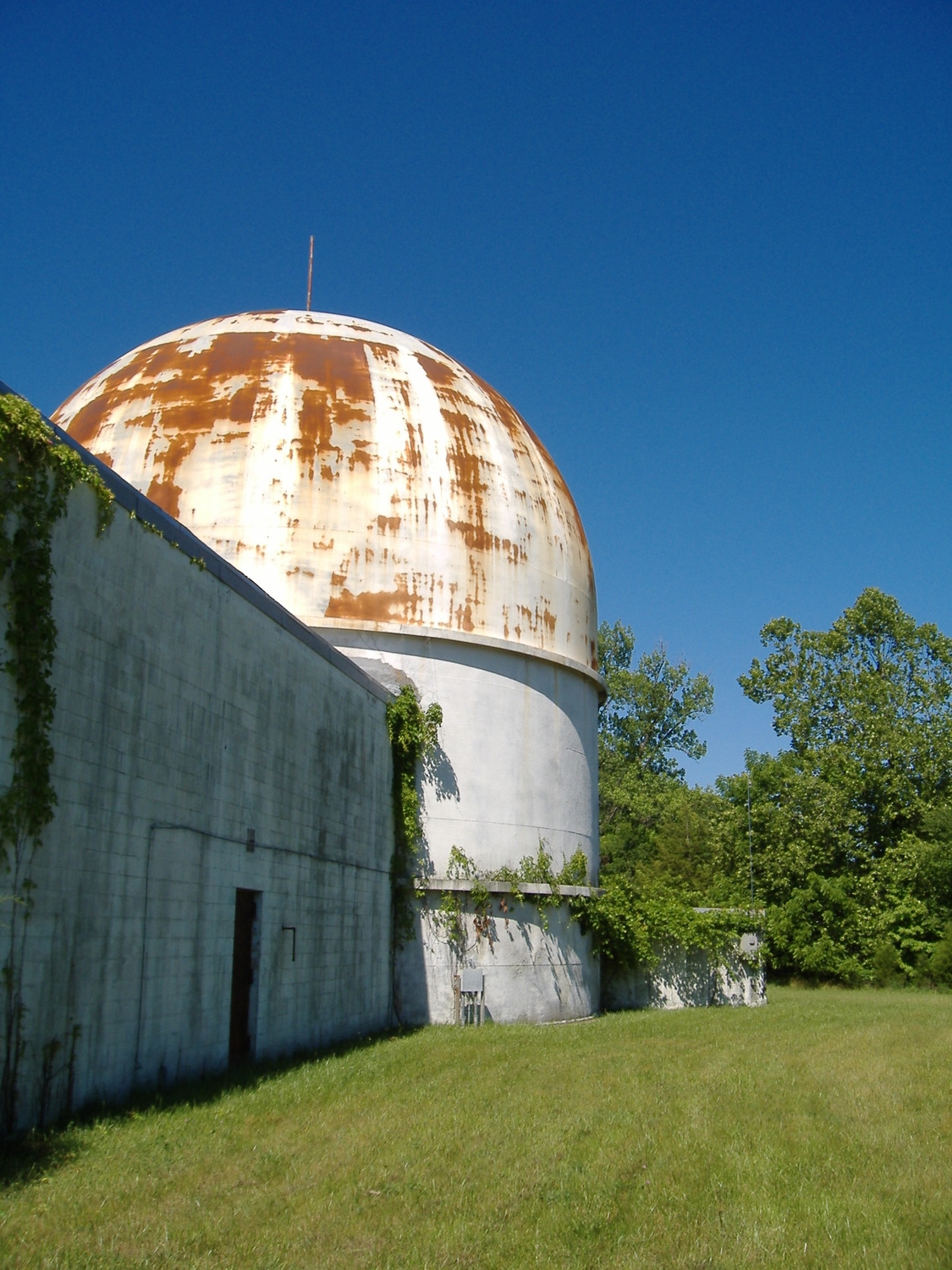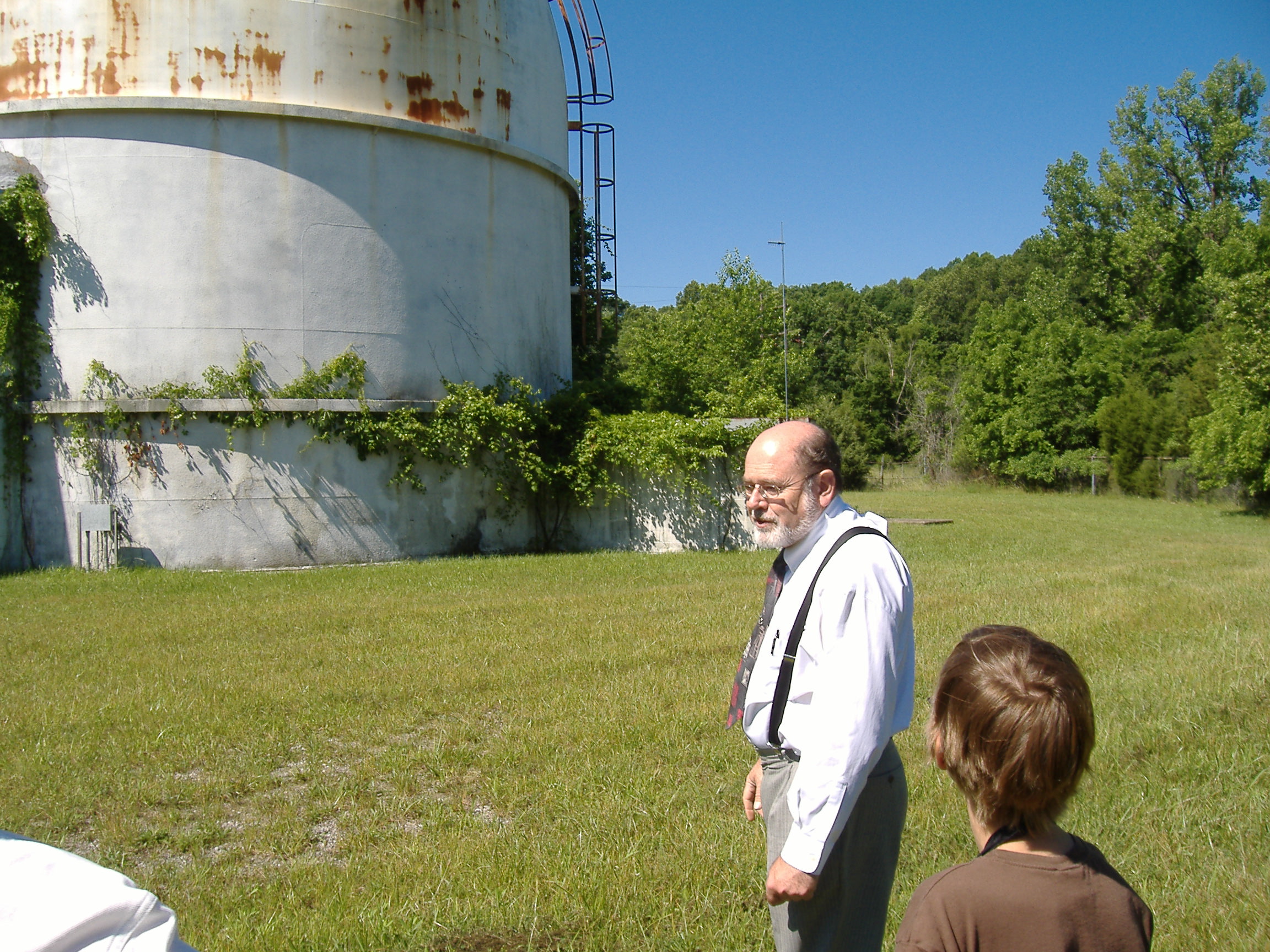The Southwest Experimental Fast Oxide Reactor (SEFOR) was an experimental fast reactor built in the late 1960s in the Ozarks of Northwest Arkansas (about 30 minutes by car south of the University of Arkansas campus in Fayetteville). This site holds special importance to me because of our shared home state- SEFOR was one of the first nuclear sites I explored in depth shortly after my 12th birthday.
SEFOR started operation in 1969 and ran through 1972 when the reactor was defueled. Built by General Electric for a consortium of southern power utilities and the West German government, SEFOR proved the applicability and magnitude of the Doppler Effect as it applied to providing reactivity control in fast neutron reactors. Thermal spectrum reactors (like the current deployed Light Water Reactor fleet) have longer periods of feedback and neutron behavior, meaning the operator typically has time to respond to transients and additions of excess reactivity. Fast spectrum reactors require physics to step in and provide prompt negative feedback in the event of an accident. It was accident scenarios such as these that SEFOR tested.
As the fuel pins in a fast reactor like SEFOR heat up the resonance cross section of the fissionable, but not fissile, isotope Uranium-238 increases. Just as an ambulance's siren becomes higher and then lower in frequency as it passes an observer, so does the fission cross section of hot fast-moving Uranium atoms to an incoming neutron. In the reference frame of neutrons in the core, the parasitic capture cross section appears to broaden, and it is this doppler broadening effect that soaks up excess neutrons and provides the prompt negative reactivity to a liquid metal cooled fast reactor like SEFOR.
SEFOR was fueled with assemblies of Mixed Oxide (MOX) fuel pins consisting of a mixture of Uranium and Plutonium Oxides. Unlike traditional thermal spectrum reactors, fast reactors cannot use water as a coolant. SEFOR used Sodium in both its primary and secondary coolant loops and operated up to 20 megawatts thermal (MWt) rejected to air through a radiator. The reactor and fuel assemblies operated exceptionally well, without any significant failure or damage to fuel assemblies. As you can explore in documents below, the negative doppler reactivity coefficient was proved flawlessly, in beautiful graphs documenting excursions that took SEFOR to the edge of fuel melting before the Doppler Effect inserted negative reactivity and caused the reactor power to fall back down.
Logo from the GE division that designed and built SEFOR
After shut down, most of the radioactivity was removed offsite in 1972 when the reactor's fuel and primary coolant was shipped away. However a few thousand Curies of activated components remain stored in fuel channels in the core (the primary isotope is Cobalt-60 from stainless steel jacket of the core vessel and in core instrumentation, and as such the inventory has significantly decreased due to Cobalt-60's short 5 year half-life). The primary hazard that exists today is residual Sodium, along with Asbestos, PCBs, and Mercury. The site has undergone preliminary characterization and decommissioning work ahead of it's planned decommissioning and razing into a greenfield site.
SEFOR was built and tested during the golden period of nuclear engineering prior to the 1979 accident at the Three Mile Island Nuclear Generating Station in Harrisburg, Pennsylvania. During this period the commonly held belief was that the next generation of reactors to replace the Light Water Reactors of the time would be Liquid Metal Fast Breeder Reactors. Along with advancements in safety and reliability, the ability to breed and burn Plutonium-239 was viewed with great promise in an attempt to reduce the volume of spent nuclear fuel and extend the life of global Uranium reserves. Concerns over proliferation associated with reprocessing and global Plutonium stockpiles, as well as discoveries of vast terrestrial uranium reserves were responsible for the death of this outlook, however in the 21st century we may see a resurgence in fast reactor technologies. A resurgent interest in the Thorium Fuel Cycle, the burning of long-lived Actinides from spent nuclear fuel, and efforts such as the TerraPower Traveling Wave Reactor mean that fast neutron physics may have an interesting future. If that is the case, the experiments of the early 1970s at the SEFOR reactor in the state of Arkansas were a fundamental stepping stone in their development and nuclear engineering as a whole.
Please enjoy this entertaining photo essay below from that original SEFOR visit on June 1st, 2006.
Additional Reading
Fast Spectrum Reactors
By Alan E. Waltar, Donald R. Todd, Pavel V. Tsvetkov
An extensive GE report on the fabrication of fuel rods for the SEFOR project
A declassified report from the AEC's Hanford site on the source of SEFOR's Plutonium
A 1967 preplanning report on what the SEFOR project hoped to achieve









